Ahead of UN Ocean Conference, Experts Say Drastic Action Is Needed, White House Announces New Marine Sanctuary and Other Ocean Protection Measures, European Union Falls Behind on Meeting Ocean Goals, and more
June 17, 2022 – We gather news: You stay informed
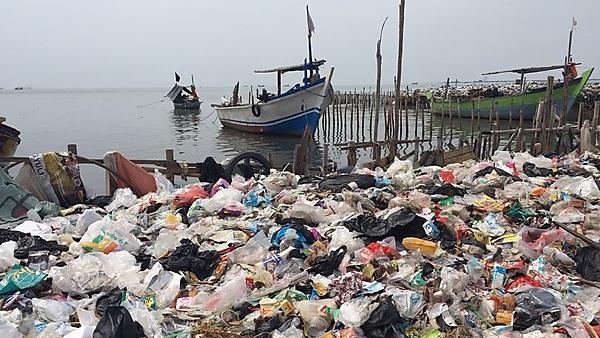
1. Drastic Action Needed to Save Oceans, Experts Warn Ahead of UN Summit
Major stakeholders have called for drastic action to save the planet’s oceans ahead of the United Nations Ocean Conference in Lisbon. “Politicians must listen to scientists,” Nuria Baylina of the Lisbon Oceanarium says. “It is urgent to take measures” on activities, such as fishing and emissions, the Portuguese biologist added, saying “drastic action is necessary.” More than 20 heads of state and government are expected to convene at the Ocean Conference (June 27 – July 1), where delegations from 193 countries will draw up an action plan to protect the seas. So far the international community has failed to meet Sustainable Development Goal 14, which aimed to protect 10% of the oceans by 2020 and to ban certain types of fishing. The Lisbon agenda will reinforce commitments of the 2030 agenda for Sustainable Development, which include reducing marine pollution and expanding protected waters to 30%.
Editorial Note: Sea Save Foundation will participate in the United Nations Ocean Conference in Lisbon. Sea Save’s attendance is incredibly valuable as we leverage critical calls to action to catalyze ocean protection on the regional, national, and international stages. We will do our best to keep you informed about what Sea Save is doing during the conference, as well as important developments as they happen.
Thank you for your generous gift that will help us continue the production of this weekly, free publication
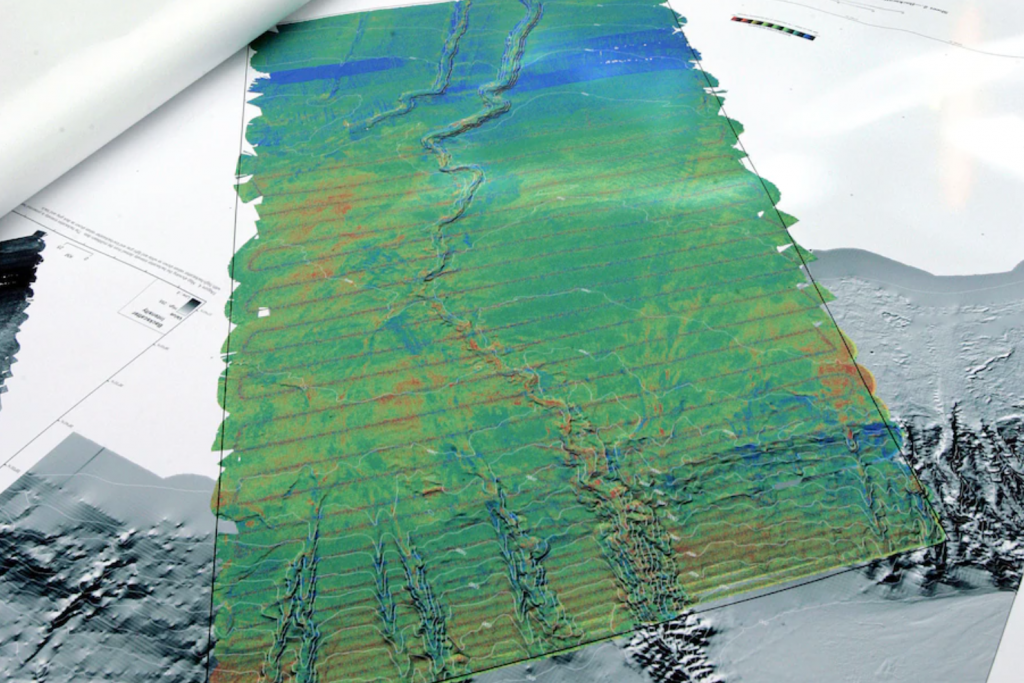
2. Administration Announces Plans to Protect Oceans, Including New Marine Sanctuary Off New York
In celebration of World Oceans Day, the White House announced actions to protect the oceans. Among them: a proposal for a new marine sanctuary off New York, the Hudson Canyon, which is home to sperm whales, sea turtles, and deep sea corals. It is nearly 7½ miles wide, two miles deep, and rivals the Grand Canyon in scale. Adding it to the National Marine Sanctuary System reflects the broader effort to safeguard critical habitat threatened by development and global warming by conserving 30% of the nation’s land and waters by 2030. Interior Secretary Deb Haaland also plans to sign an order to phase out the sale of single-use plastic products in national parks, wildlife refuges, and other public lands by 2032 in an effort to reduce the federal government’s contribution to the 14 million tons of plastic that wind up in the ocean every year.
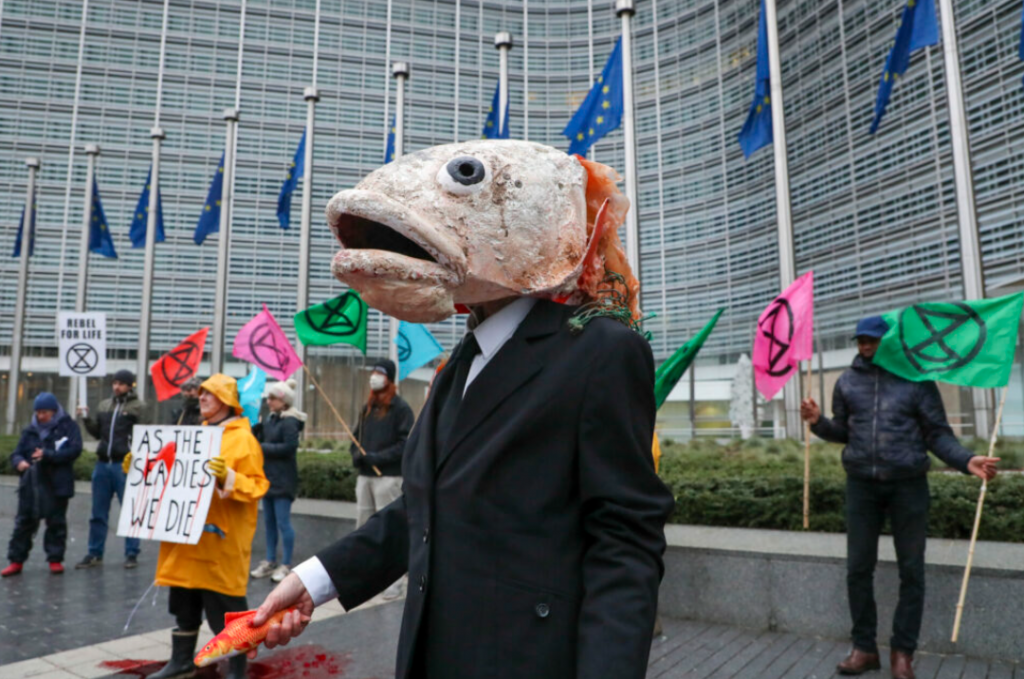
3. European Union Makes Poor Progress on Healthier Ocean Commitments
At a press event during the European Union’s Ocean Week, six nongovernment organizations (NGOs) published a joint assessment of the EU’s progress in improving the health of oceans by 2030. The EU has pledged to fully protect 30% of the ocean, shift to low-impact fishing, remove pollution from seas, and restore marine ecosystems. However, of eight policy milestones set by the plan, only one was fully met. Three were not met, and two others had insufficient progress. The bycatch of at-risk fish stocks remains “mostly unaddressed” by lawmakers. Lawmakers have also failed to ensure the compliance of the fishing sector with environmental policies. Yet “the EU can still make up for lost time by stepping up in the eight coming years,” said Adam Weiss, Head of the ClientEarth Ocean program. “The EU faces a challenge where failure is not an option.”
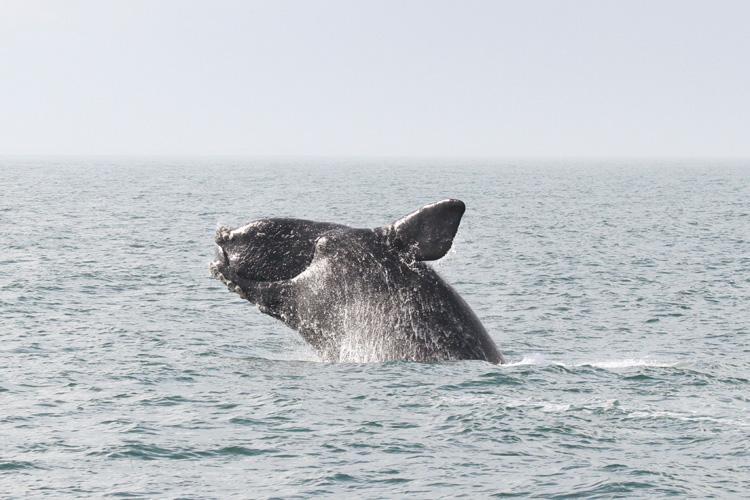
4. Oceana Filing Under USMCA on Right Whales Moves Forward
A filing from Oceana claiming the US is not holding up its environmental laws regarding the protection of endangered North Atlantic right whales is moving forward. Oceana filed the first-ever Submission on Enforcement Matters against the US government, made under the United States-Mexico-Canada Agreement (USMCA). Oceana claims multiple US government entities are failing to uphold environmental laws protecting the highly endangered North Atlantic right whale from vessel strikes and gear entanglements. Scientists estimate that just a few hundred whales remain in the wild. Now, the secretariat has officially determined the submission “warrants the preparation of a factual record,” the next step in the Submission on Enforcement Matters process. Under the next step, a type of investigative report is created, documenting the environmental, legal, and/or public health aspects of the situation. It will at least create a factual report of how the US handles right whale protections.
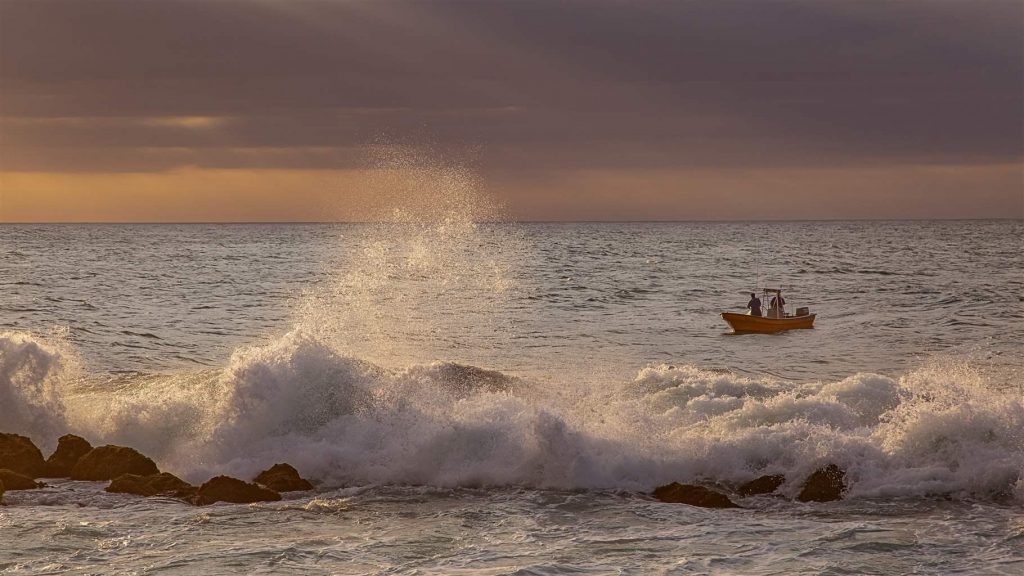
5. In US Caribbean, New Fishery Plan Would Help Marine Life—and People
Stakeholders in the US Caribbean agree that changing ocean conditions and poor water quality put fish and corals at risk, posing threats to businesses and the ecosystem. The Caribbean Fishery Management Council is developing a plan for managing fish and fishing, building on past actions to tailor fishing rules to each island group (Puerto Rico, St. Thomas/St. John, St. Croix) and to adopt a fishery management approach that considers ecological, economic, social, and other factors. Council staffers are creating conceptual models that will analyze the complex relationships—among marine life, habitat, and local communities—that occur in the ecosystem. Those tools will help identify how to better protect valuable assets from threats while also considering the policies’ impacts. Stakeholders generally agree that improved fishery management can help address effects on fish populations from erosion and poor water quality.
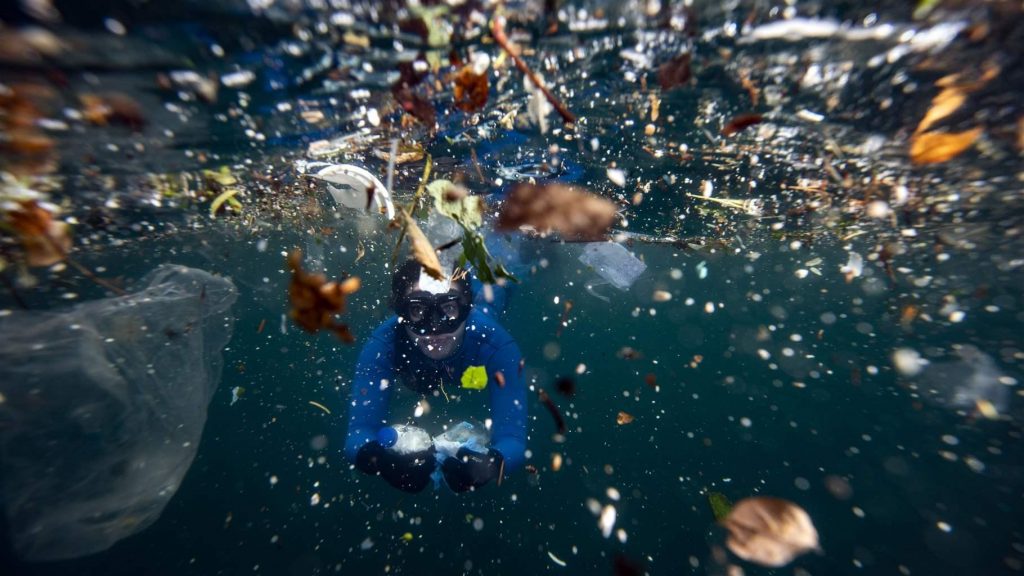
6. Ocean Plastic Pollution Could Be Source of New Antibiotics
Plastic pollution in the ocean could be a source of novel antibiotics in the future, according to a study that may lead to new ways of tackling drug-resistant superbug infections. Researchers have warned that plastic pollutants, ranging from large floating debris to microplastics, could provide the surface area for microbes to grow and form entire ecosystems, perhaps harboring antibiotic-resistant bacteria. The new research found that ocean plastic pollution could be a source for bacteria that produce novel antibiotics against antibiotic-resistant superbugs. In the yet-to-be peer-reviewed study, scientists assessed the potential of the plastisphere of the Earth’s oceans to be a source of novel antibiotics. Scientists said they could isolate five antibiotic-producing bacteria from ocean plastic, including strains of Bacillus, Phaeobacter, and Vibrio. They found these isolates to be effective against commonly used bacteria as well as two antibiotic-resistant superbug strains.
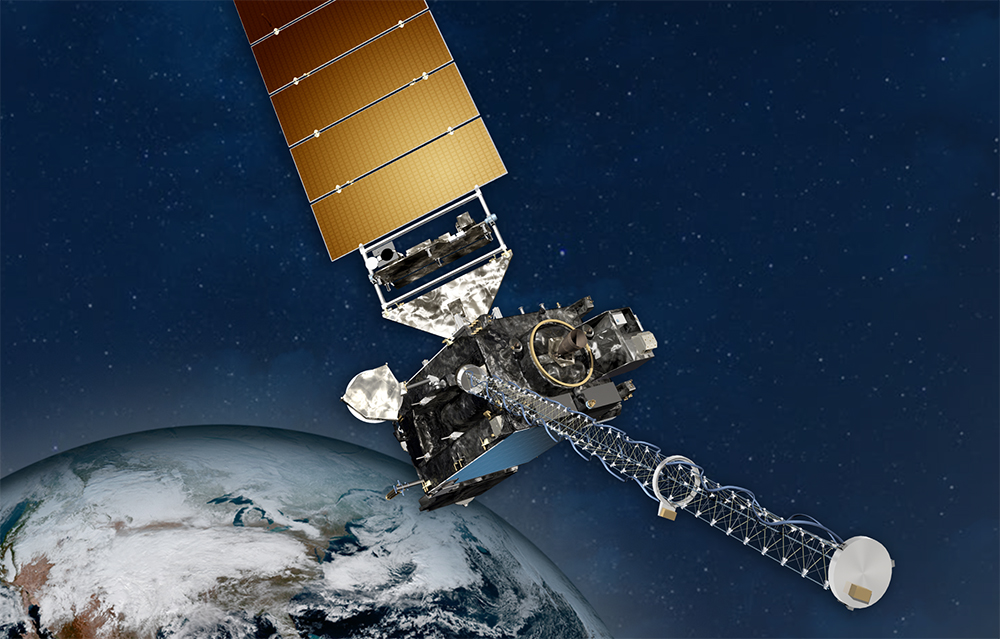
7. NOAA Joins International Effort to Mitigate Climate Change Using Satellite Data
The US government has joined an international initiative combining satellite data with scientific research to track climate change and assess its impacts on global and local scales. The administrator of the National Oceanic and Atmospheric Administration (NOAA), Richard Spinrad, signed the charter with Philippe Baptiste, chairman and CEO of the National Center for Space Studies. The Space for Climate Observatory brings together space agencies and international organizations to study and monitor the impacts of climate change on local levels using data from Earth observation satellites and field models. The initiative aims to develop indicators and tools to help decision-makers prepare and mitigate the effects of climate change. “We look forward to working with our federal and international partners to turn Earth observations into actionable information to help governments and communities combat the climate crisis and adapt to our changing world,” said Spinrad.
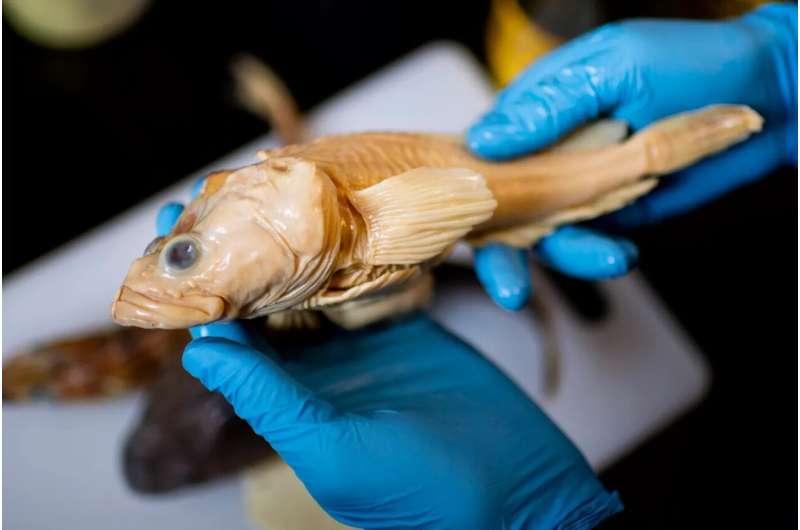
8. These Fish Live in Sub-Freezing Waters. Why Are So Many Getting Sick?
Antarctic fish have evolved to survive—and thrive—under unbearable conditions, but they now face a new threat: a novel disease involving large skin tumors. “This may be an early warning signal of the impact of oceanic warming,” says H. William Detrich, one of the study authors. Because polar regions are warming more rapidly than temperate zones, they serve as bellwethers for climate change effects. “This is a potential example of what we might expect to see in more temperate latitudes,” Detrich says. In this case, the researchers found that a microbial parasite was the culprit: the “X-cell,” which infects other fish and causes tumors like the ones found on the Antarctic fish species. The team’s working hypothesis is that the warming occurring in the Southern Ocean is putting physiological stress on the animals, and this could be reducing the fish’s resistance to infection by the parasites.
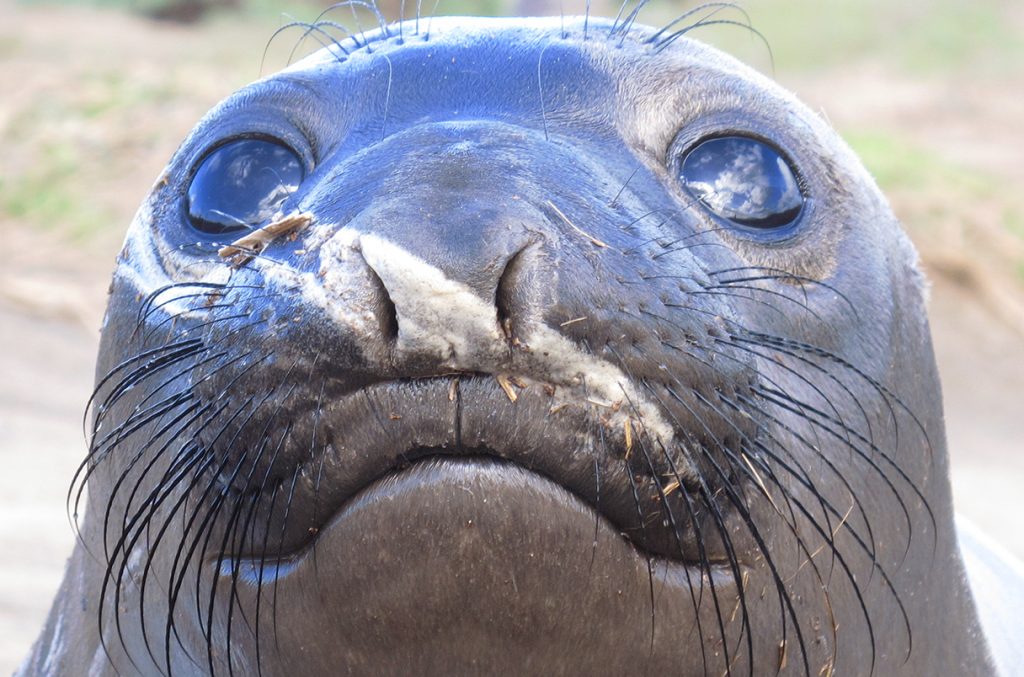
9. Seal Whiskers Are Their Secret Weapon for Hunting
A research team wanted to better understand how seals search for prey in the deep ocean. The team hypothesized that the seals rely on highly-developed whiskers. The researchers placed small video loggers on free-ranging northern elephant seals, which have the highest number of nerve fibers per whisker of any mammal. They mounted the video loggers on each seal’s cheek to observe how it moves and uses its whiskers. The researchers observed the elephant seals’ foraging in the extreme environment of the deep ocean. The video logger had an LED red/infrared-light flash that was invisible to the seal but allowed the researchers to observe how the seals use their whiskers as they approach prey. With their whiskers extended forward ahead of their mouth, the seals protracted and retracted their whiskers to search for hydrodynamic cues, similar to the ways a terrestrial mammal explores its environment.
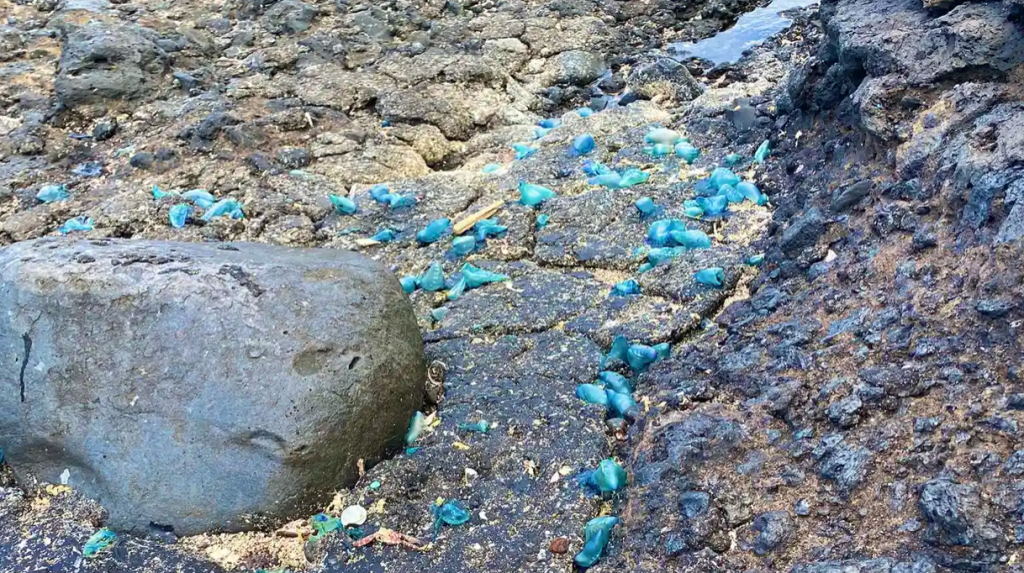
10. Plastitar: Mix of Tar and Microplastics Is New Form of Pollution, Say Scientists
The presence of plastic in the environment exceeds microplastics or a bottle in the sea. As residue from oil spills in the ocean evaporates, it washes ashore as tar balls that cling to the rocky shores of the Canary Islands, where it was found. “It acts like Play-Doh,” Javier Hernández Borges, who coined the term plastitar, said. “And when waves carrying microplastics or any other kind of marine debris crash on to the rocks, this debris sticks to the tar.” While more research is needed to confirm plastitar’s impact on the environment, researchers believe that its combination of hydrocarbons and microplastics means it will potentially leak toxic chemicals, causing conditions that could prove deadly for organisms. The discovery feeds into the emerging picture of a global plastic cycle, with plastic moving through the atmosphere, oceans, and land echoing natural processes like the carbon cycle.
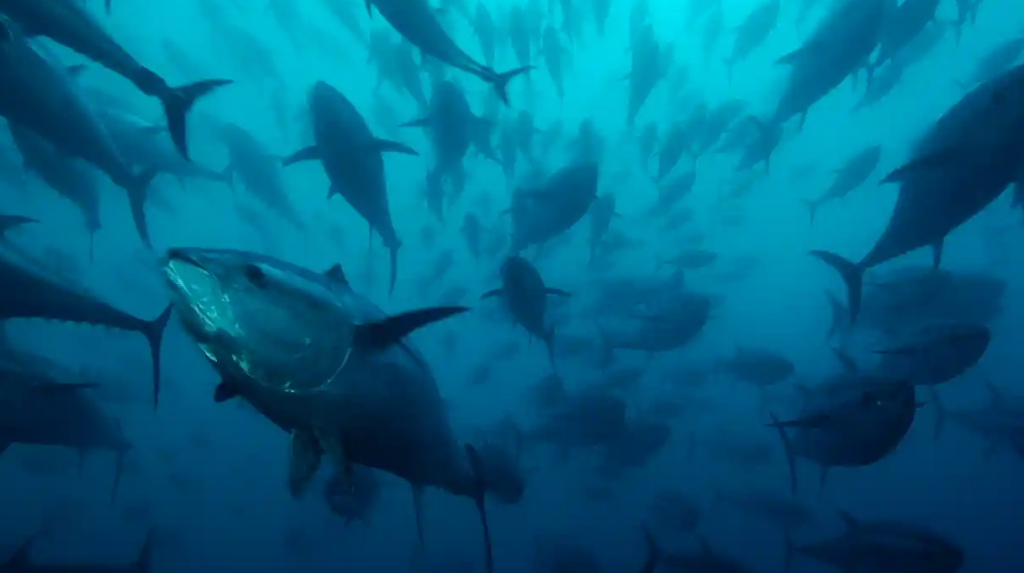
11. Dogger Bank Shows How We Can Rewild Our Seas
Trawling and dredging – which not only scoop up fish and shellfish but also destroy seafloor habitat – are now banned on the British part of Dogger Bank in the North Sea. The protection of 12,000 sq km of seabed is an act of rewilding and a turning point in the health of our seas. Until now, this officially designated marine protected area has been simply a “paper park” – a term used to describe somewhere protected in theory but not in practice – hammered by dredgers targeting scallops and beam trawlers looking for sole. From Lyme Bay on the English south coast, where trawling and dredging were banned in 2008, we know that four times the number of commercially valuable fish came back, as did four times the overall number of species. Banning the most damaging fishing gear – not fishing – has been an economic and an ecological success.
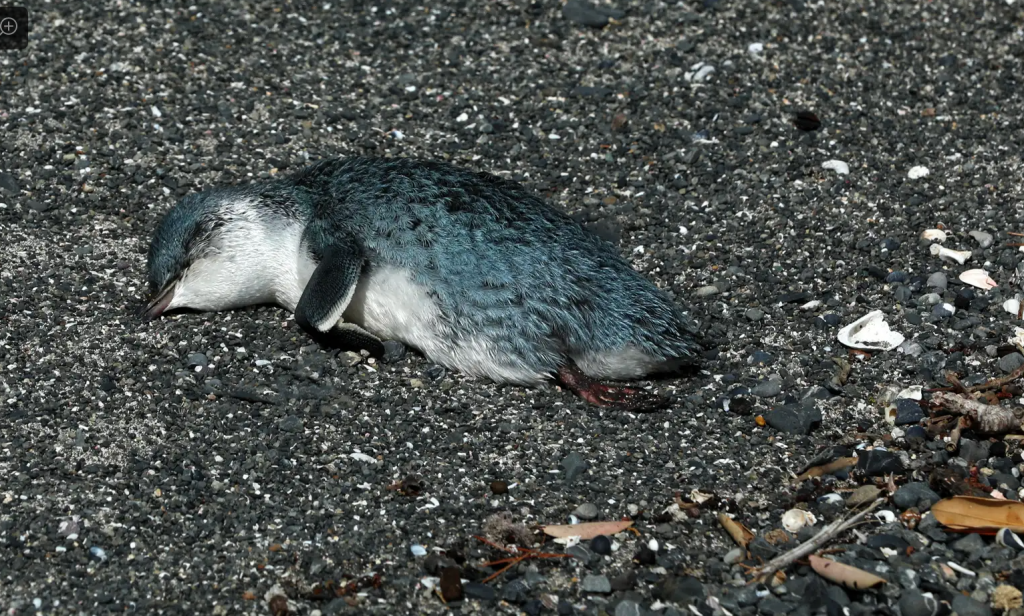
12. Hundreds of Little Blue Penguins Are Washing Up Dead in New Zealand Amid an Ocean Heatwave
Hundreds of dead penguins, called little blue penguins or kororā, have washed ashore at New Zealand’s Ninety Mile Beach. The sightings are indicative of a larger bird die-off, triggered by warm ocean temperatures. Among the dead are other seabird species like shearwaters and petrels. New Zealand Department of Conservation postmortem examinations revealed many of the birds were vulnerable juveniles. The young penguins died of starvation and hypothermia, with no fat to help them hold onto heat in the water. Seabirds dying of cold corresponds with hotter ocean temperatures from climate change and La Niña. The penguins prefer to find food in cold water, and when the water heats up, the food supply diminishes. Although La Niña occurs naturally, human-caused climate change amplifies the most extreme effects of the weather oscillation and may be contributing to more frequent and stronger El Niño and La Niña events.
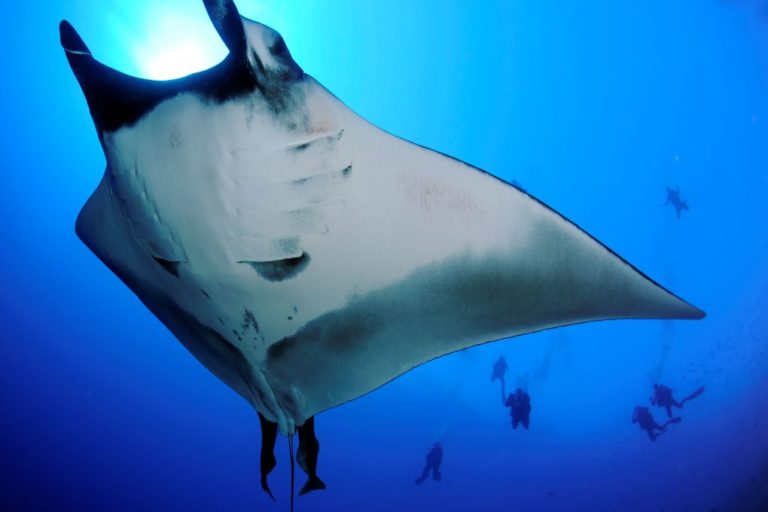
13. In Sri Lankan Waters, Endangered but Unprotected Rays Encounter a Killing Field
Artisanal fishers catch and kill a large number of manta and devil rays, known collectively as mobulid rays, every year in Sri Lanka. A study published last year calculated that this annual catch far exceeds the estimated annual capture of mobulid rays by all global industrial purse seine fisheries combined, indicating a serious problem. The study shows how the spinetail devil ray (Mobula mobular) is being fished at rates that are much higher than the species’ natural population growth rate. It also highlights that the average sizes of nearly all mobulids are shrinking. Nearly half of the individuals that the researchers recorded were immature, including some pups. The researchers also documented the first, and to date only, record of the longhorned pygmy devil ray in Sri Lanka. The country must introduce national regulations to protect the rays under regional and international commitments it signed.
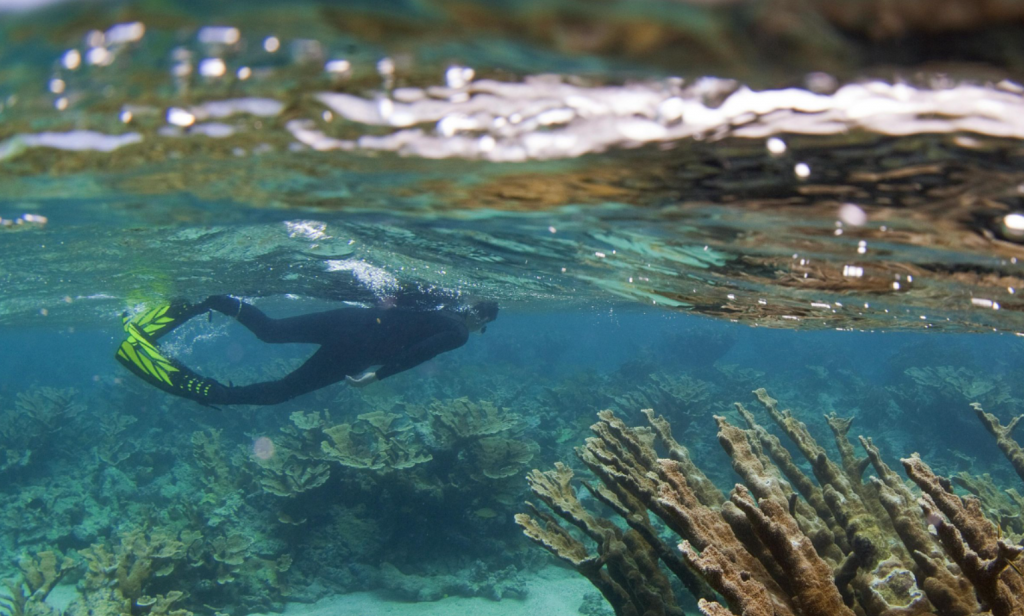
14. Scientists Create First-Ever Guidelines to Help Caribbean Tourism Sector Conserve Coral Reefs
At a critical time for economies and the ocean, The Nature Conservancy (TNC), the Caribbean Hotel & Tourism Association, and the United Nations Environment Programme joined forces to create A Guide to Coral Reef Restoration for the Tourism Sector. The guide presents coral restoration best practices backed by scientific research, practitioner experience, and stakeholder input. “In response to the coral reef crisis, there has been a shift on the part of tourism businesses and consumers toward more sustainable travel options. Beyond this ‘do no harm’ mindset, there is an increasing interest in travel activities that can proactively help nature,” said Ximena Escovar-Fadul, a TNC Senior Associate. A groundbreaking study led by TNC revealed that reef-associated tourism in the Caribbean generates US$8 billion per year—nearly 25% of all tourism expenditure—from over 11 million visitors.
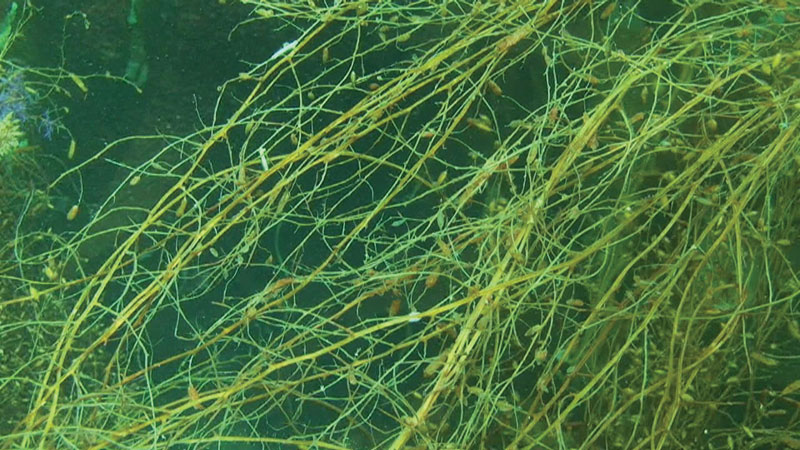
15. South Korea to Produce Biodegradable Plastic with Seaweed
South Korea’s Ministry of Oceans and Fisheries and a research team at Pohang University of Science and Technology will begin developing technology that uses marine plants to produce biodegradable plastic material. Among the marine plants is an invasive algae called Sargassum horneri, 24 tons of which grow in the country each year. Using the algae will help the environment, government officials pointed out. The team will use a strain that doesn’t require preliminary processing to produce biodegradable plastic material such as itaconic acid, 3-HP, and lactic acid by 2026. The team also intends to develop a separate technology for combining monomers to obtain plastic properties, which will compensate for the shortcomings of environmentally friendly plastic, which has weaker plastic properties than petroleum-based plastic.
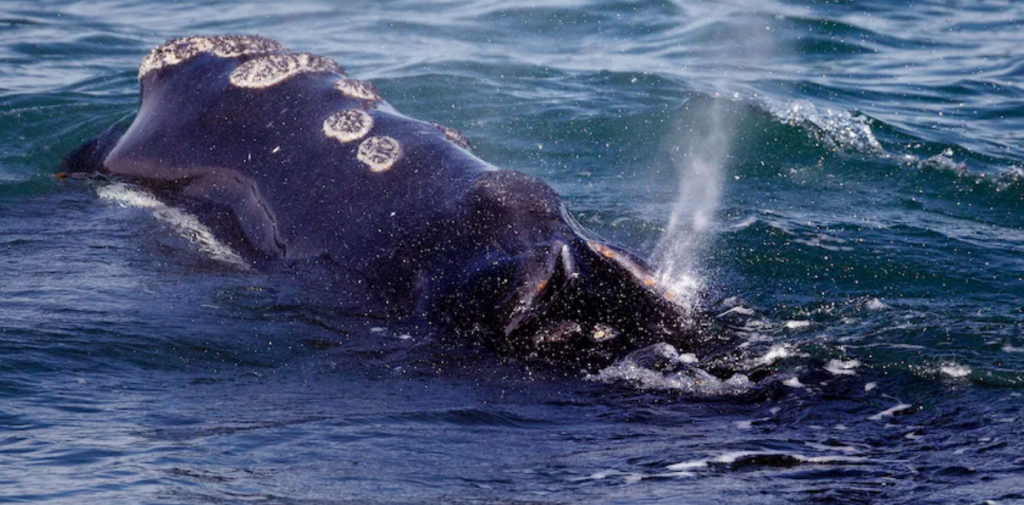
16. New Restrictions on Ships to Protect Whales Coming Soon
Federal authorities are close to releasing fresh guidelines to help protect a vanishing species of whale. The National Oceanic and Atmospheric Administration has been reviewing the speed regulations it uses to protect North Atlantic right whales, and the agency will publish new proposed rules within the coming weeks. Environmentalists have long pushed for stricter shipping rules to protect the whales, which number less than 340 and are vulnerable to collisions with large ships. They’ve fallen in population due to high mortality and poor reproduction. The new rules could expand existing protections for the whales, which are currently protected by a network of “slow zones,” requiring mariners to transit slowly to avoid whale collisions. The whales have been aided by protected zones for years, but scientists have said warming ocean temperatures are causing whales to stray more frequently into shipping lanes in search of food.
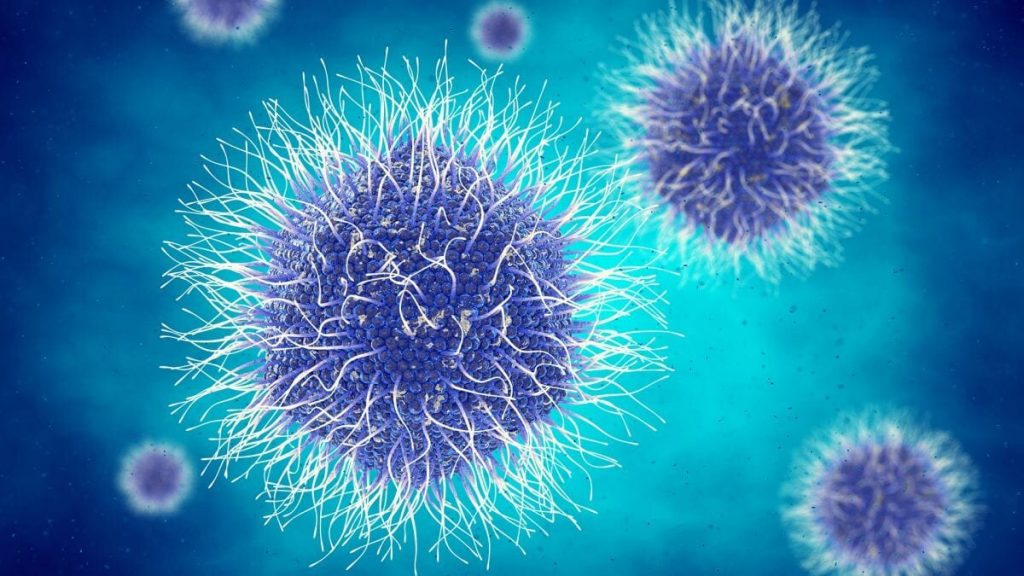
17. ‘Viral Dark Matter’ May Help Mitigate Climate Change
Scientists recently found several marine RNA virus species that may help drive atmospheric carbon to permanent storage on the ocean floor. The research could give scientists a fuller understanding of the outsize role that viruses play in the ocean ecosystem. Lead author Matthew Sullivan envisions viruses that, when engineered on a massive scale, could function as controllable “knobs” on a biological pump that affects how carbon in the ocean is stored. These marine viral species don’t threaten human health, but they behave as all viruses do, each infecting another organism and making copies of itself. The activities of a virus could then generate benefits for the environment – for example, helping dissipate a harmful algal bloom. Results also suggest that a small portion of these newly identified species “stole” genes from the organisms they infected, helping researchers identify their presumed hosts and functions in marine processes.
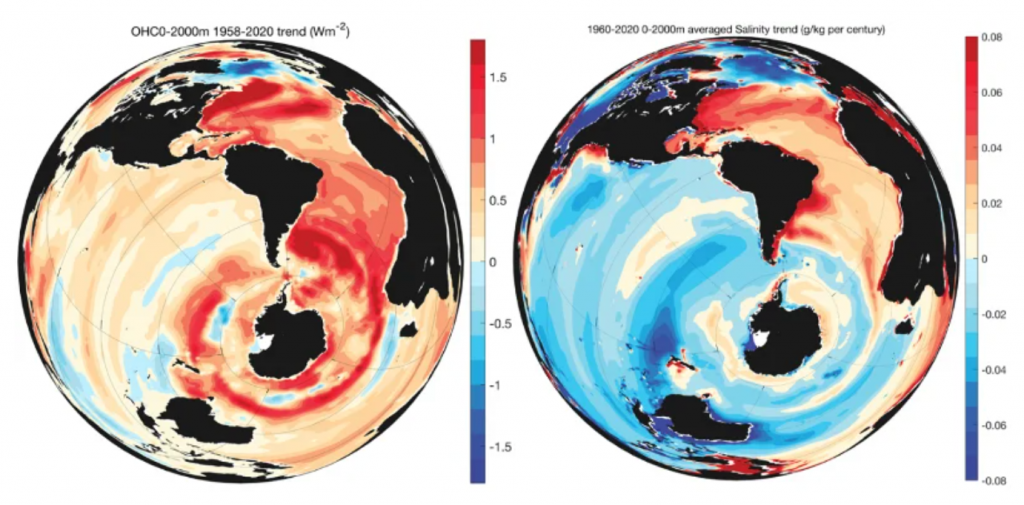
18. Study Analyzes the Ocean’s Slow Response to Climate Change
Even if it is possible for society to decelerate all greenhouse gas emissions and reach “net zero” by mid-century, there is a delay constructed in the climate system, mainly due to the ocean thermal inertia. This means slow-rising changes like deep ocean warming and the sea-level increase will remain for a long time afterward. In a new review study, scientists say that this implies climate actions need to be fixed at time scales of hundreds of years. On such time scales, making for “high impact, low probability” risks—like a sudden irreversible ice sheet loss and deceleration of Atlantic Ocean circulation—must be factored into long-term planning. In addition to sea level and subsurface temperature, the tracking of ocean climate trends like sea ice, pH, ocean surface heat flux, carbon, salinity, and currents will need long-lasting consistent and calibrated measurements.
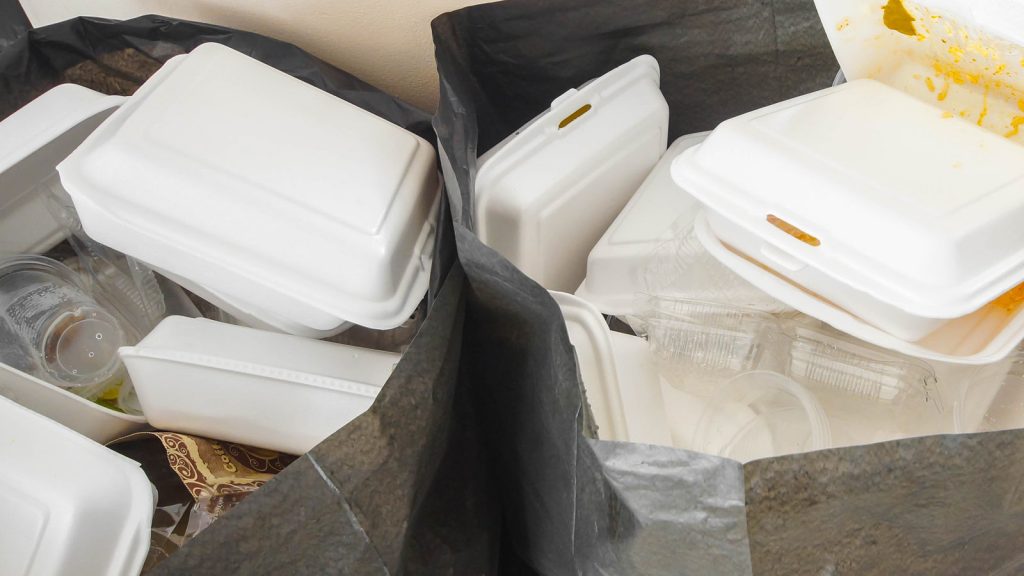
19. Scientists Discover Polystyrene-Eating Superworms
Researchers in Australia have discovered a beetle that can eat a type of plastic called polystyrene. Experts think this could provide a new way of helping to reduce plastic waste in the future. Polystyrene is among one of the most common forms of plastic, but recycling it isn’t easy, and the vast majority ends up in landfills or oceans, where it can harm marine life. Researchers at the University of Queensland discovered that the larvae of a certain species of beetle – commonly called a superworm – can eat through polystyrene. The worms who were fed the plastic were able to do so thanks to special enzymes that live in the gut. Chris Rinke, who led the study, said that the next step is to see if it is possible for scientists to make this enzyme in a laboratory without needing to rely on superworms.
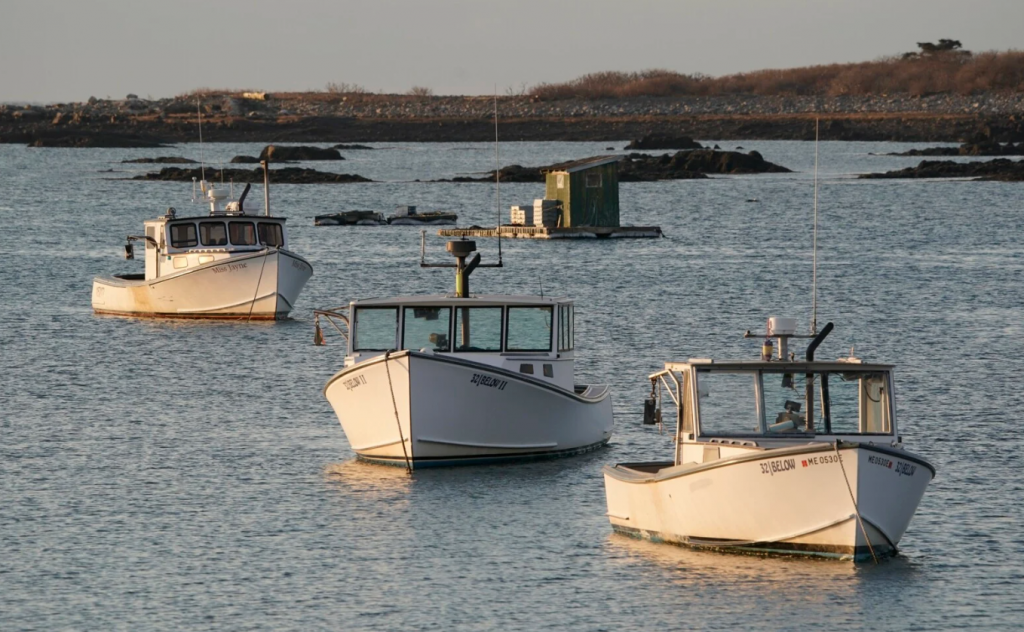
20. Scientists See Long-Term Hope for Maine’s Lobster Fishery Despite Warming Waters
Rapid warming in the Gulf of Maine and the collapse of lobster fisheries in southern New England have fueled predictions that lobsters will leave Maine waters in the future. But research at the University of Maine reveals a more optimistic view. Scientists now project that temperatures in the Gulf will remain within lobsters’ comfort zone because of the gulf’s unique oceanographic features. Ocean stratification keeps the bottom temperatures colder on the Gulf of Maine’s western side, while strong tidal mixing in the eastern gulf helps moderate the water temperature there during the summer. Because Maine waters are so cold, several degrees of warming should keep Maine’s bottom waters below 68 degrees, the temperature at which lobsters begin to show signs of stress. The researchers cautioned that the dynamics of global warming are complex and make it difficult to project far into the future with certainty.
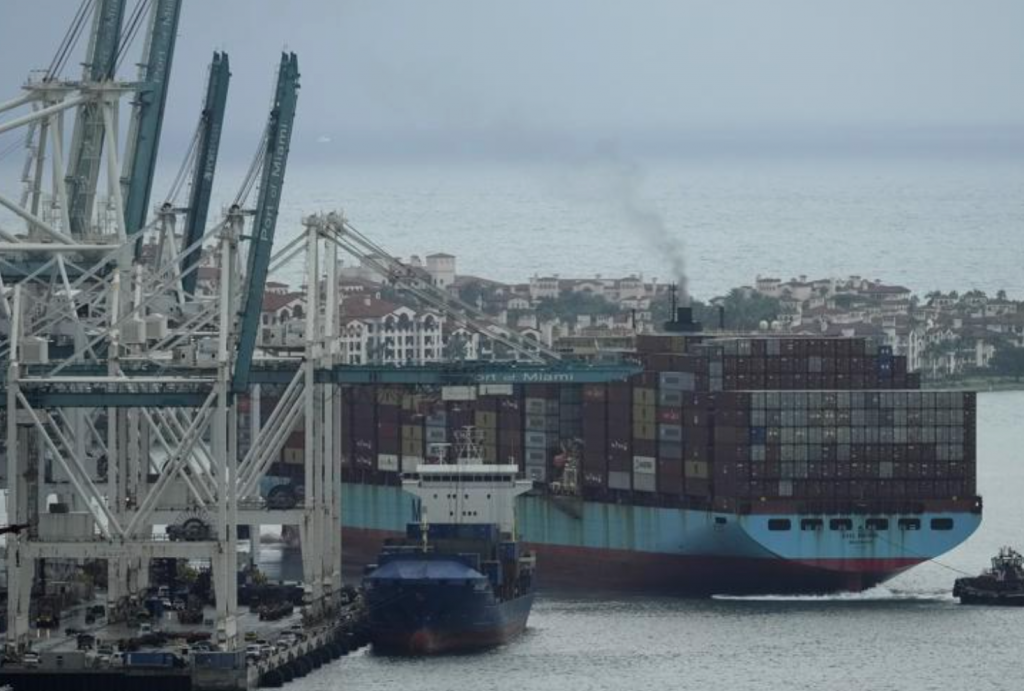
21. Ship Owners Sought CO2 Exemption When the Sea Got too Wavy
The world’s ocean freight shipping companies recently called on international maritime authorities to exclude pollution that their vessels spew in bad weather from new regulations, a condition that would apply almost a third of the time in the Atlantic. Under international laws coming into force in 2023, all big vessels will be rated by how much CO2 they emit for every mile traveled and ton carried to incentivize owners to install cleaner technologies. Although the rules are currently toothless, nation states could penalize high-polluting ships in the future. In April, four trade groups complained that the new rules would penalize ships sailing in rough conditions, which burns more fuel, and proposed that periods of eight hours or more undertaken in bad weather (winds at 28 knots or waves four meters high) be struck from the scoring entirely. The International Maritime Organization rejected that idea.
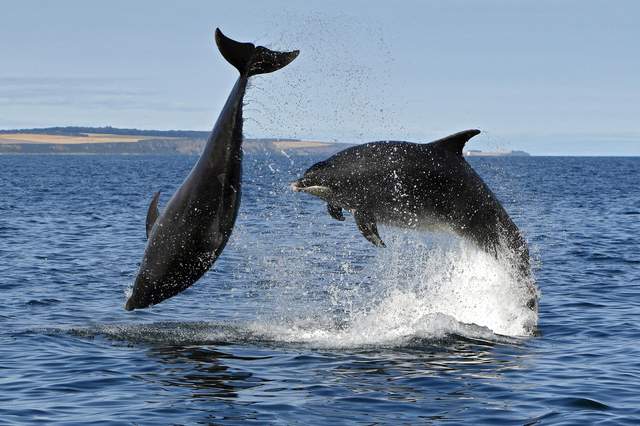
22. Calls for Bans on Trawling, Offshore Turbines and Fish Farms in Scotland’s Fragile Sea Areas
A briefing document prepared by Scottish Environment Link concludes that the network of marine protected areas (MPAs) proposed by the government does not effectively safeguard the species and habitats it should. Ambitious action is urgently needed to allow the recovery of the marine environment so it can help tackle the interlinked climate and nature crises, the group says. The campaigners stress that existing and new sites must be “truly protected from damaging activities” to help restore Scotland’s seas to health. This would mean designation of at least 10% as new Highly Protected Marine Areas, where only the least invasive practices – such as hand-diving and some leisure pursuits – could take place under strict controls. Marine ecosystems such as seagrass and seafloor sediments are crucial in the fight against climate change, with Scotland’s seabed and sea lochs annually sequestering three times as much carbon as forestry.
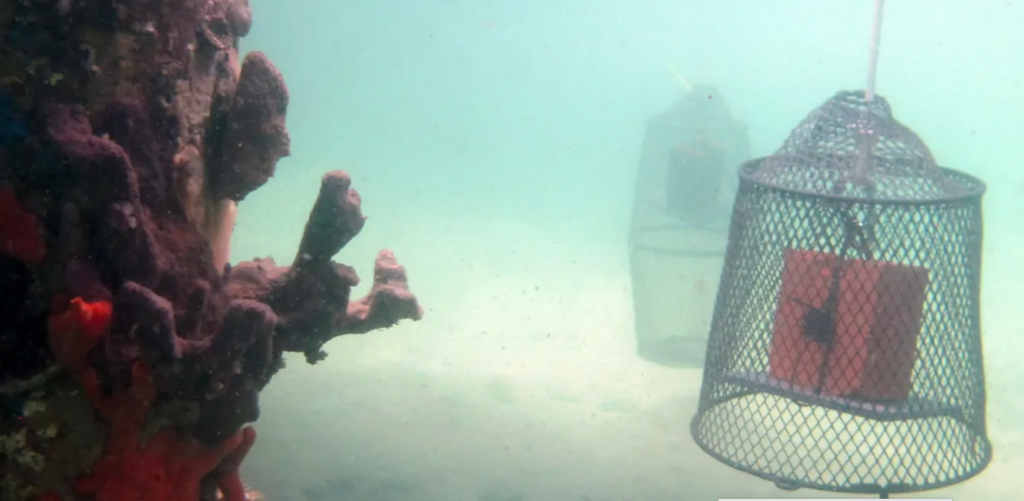
23. Rising Temperatures Affect Ocean Predation
Higher ocean temperatures correlate with more intense predation by fish and shifts in invertebrate prey communities, according to a new study. The results demonstrate one way that warmer ocean temperatures caused by climate change could affect marine ecosystems. Researchers measured predation intensity by observing how much dry squid bait predators—mainly fish—consumed in an hour. They also submerged PVC panels below floating docks, half of which were caged to block access by fish larger than 1 cm, and assessed invertebrate community development on the panels over three months. Finally, they assessed how predation affected already-developed invertebrate communities by uncaging half of a group of panels after they’d been kept underwater for 10 weeks. The results showed that both predation intensity and loss of invertebrate biomass on uncaged versus caged panels increased in warmer water temperatures.
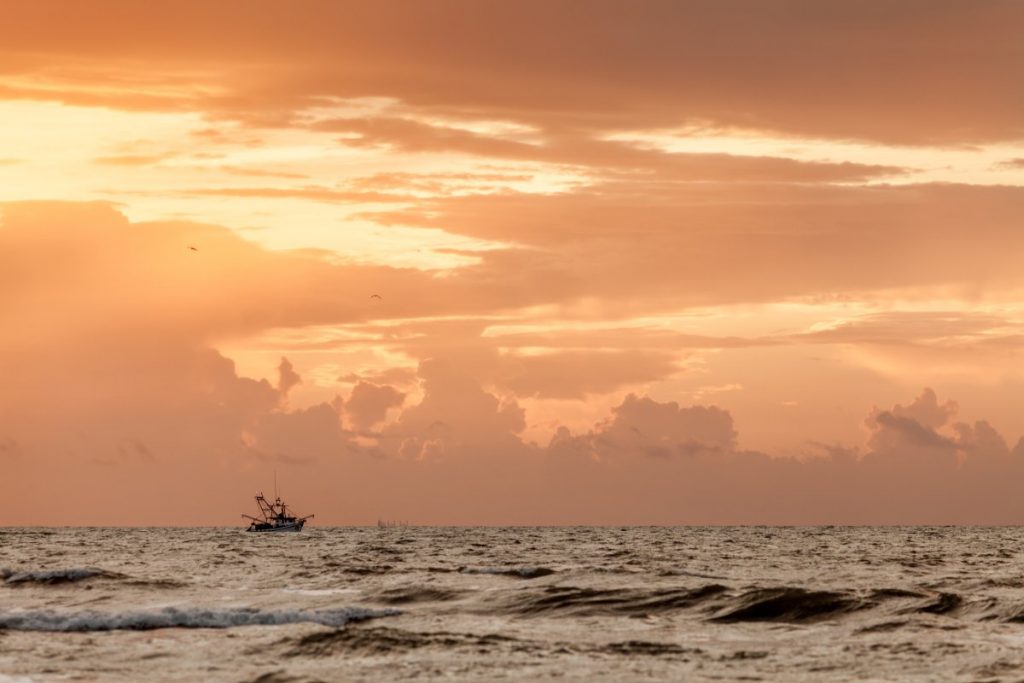
24. The US Is a Dumping Ground for Illegal Seafood, and Lawmakers Want to Clean Up the Market
A law currently in Congress could expand regulations to rein in illicit seafood imports, which account for an estimated 10% of all US sales and bring significant human rights, environmental, and health problems. The America COMPETES Act mostly pertains to manufacturing and has the best chance out of several bills of becoming law. Efforts to combat illegal, unreported, and unregulated (IUU) fishing generally have strong bipartisan support in America—five of the last six presidential administrations supported efforts to keep IUU seafood out of the country. This latest effort has so far been hailed as a success by environmental and labor advocates. It also has support from domestic fishers and others in the seafood industry. Should the legislation pass—it is likely to be voted on again this session—experts foresee more work ahead, navigating a future of advanced data tools that help forecast risk and monitor crews at sea.
/




